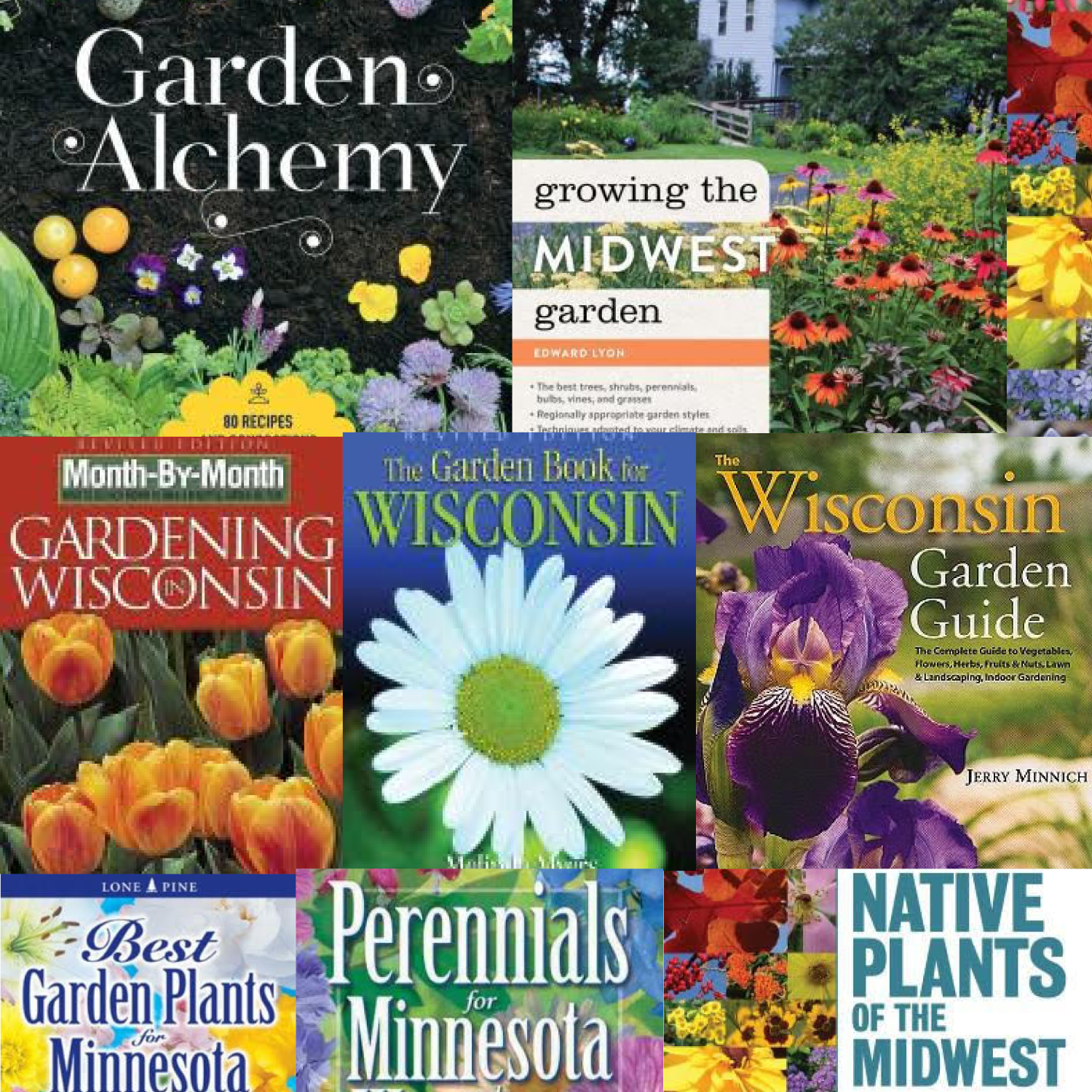April Showers bring May Flowers
 Processing Request
Processing Request
by Debbie Rosenberg
We've had quite a bit of rain in the last few weeks, and each day I think of the saying "April showers bring May flowers." I would really like to have beautiful, low maintenance, colorful flowers in my yard, but since I'm capable of killing even a plastic flower, I need all the help I can get! This year I'm planning ahead and I've found several books that promise to help me make my yard more enjoyable throughout the year. Hopefully they'll help you too!
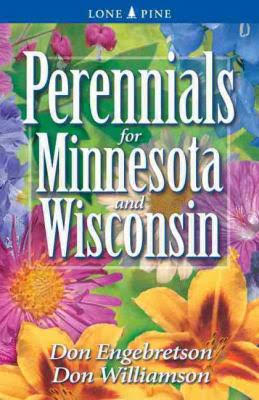
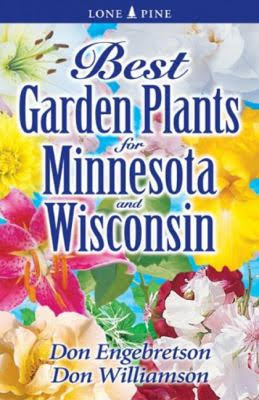
Perennials for Minnesota and Wisconsin 635.932 En32 2004 and Best Garden Plants for Minnesota and Wisconsin 635.0977 En32 2006 both by Don Engebretson and Don Williamson. I love these books because of the beautiful color photographs of each flower and that they are all good to grow in our area. Each entry lists colors, height range, spread, when it blooms, and appropriate zones. It includes planting and growing tips, problems and pests which may impact the plant, and where in the garden to plant it. It's also alphabetized by the most familiar common names which is so much easier!
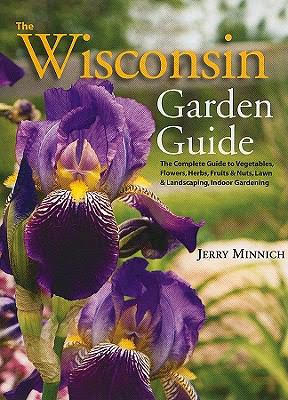
The Wisconsin garden guide by Jerry Minnich 635 M666 2010 doesn't have quite as many photographs but boy, does it have the information I need. It has chapters on soil, composting and mulching, weather, vegetable growing, fruits and berries, flowers, lawns and trees, insects and pests, and what to do week by week each month. For example, if you wish to plant popcorn in Wisconsin, the University of Wisconsin horticulturists specify planting the seeds May 10th in the southern part of the state and May 24th in the north. There are charts with height, best uses in the garden and other helpful information.
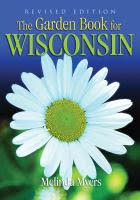
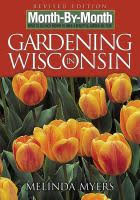
The Garden Book for Wisconsin 635.0977 Myers 2005 and Month-by-month gardening in Wisconsin 635.0977 M992m2006 both by Melinda Myers offer truly stellar information. In addition to planning, planting, and care information Melinda includes helpful hints regularly and a spacing chart where you can divide the square footage of the garden by the spacing factor (how far apart the plants should be planted) to determine the number of plants needed to purchase. I can picture myself with graph paper and a pencil making my list now.
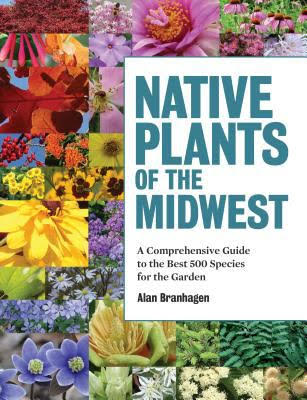
Native plants of the Midwest : a comprehensive guide to the best 500 species for the garden by Alan Branhagen 635.9517 Branhagen 2016 has helpful chapters on everything from trees to prairie, woodland, and wetland perennials. This book includes profiles for more than 500 plants and tips for using them. It includes helpful lists such as groundcovers for shady traditional landscapes vs. groundcovers for sunny traditional landscapes.
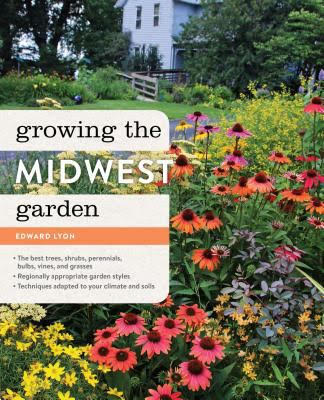
Growing the Midwest Garden by Ed Lyon 635.0977 L994 2015 includes loads of helpful information written in an easy, helpful style. Helpful lists are included frequently, such as "Tough as Nails" durable plants that are robust to aggressive, multiply readily and are easily propagated. These may be plants I can't kill.
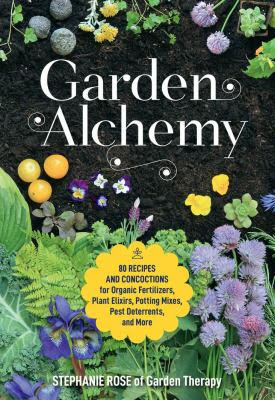
Garden Alchemy : 80 recipes and concoctions for organic fertilizers, plant elixirs, potting mixes, pest deterrents, and more by Stephanie Rose 635.04 Rose 2020 includes 80 recipes for making homemade versions of dozens of gardening products including fertilizers, pest deterrents, and worm food. A great way to use fewer chemicals in your garden.
Debbie Rosenberg is a member of Fond du Lac Public Library's reference department.

